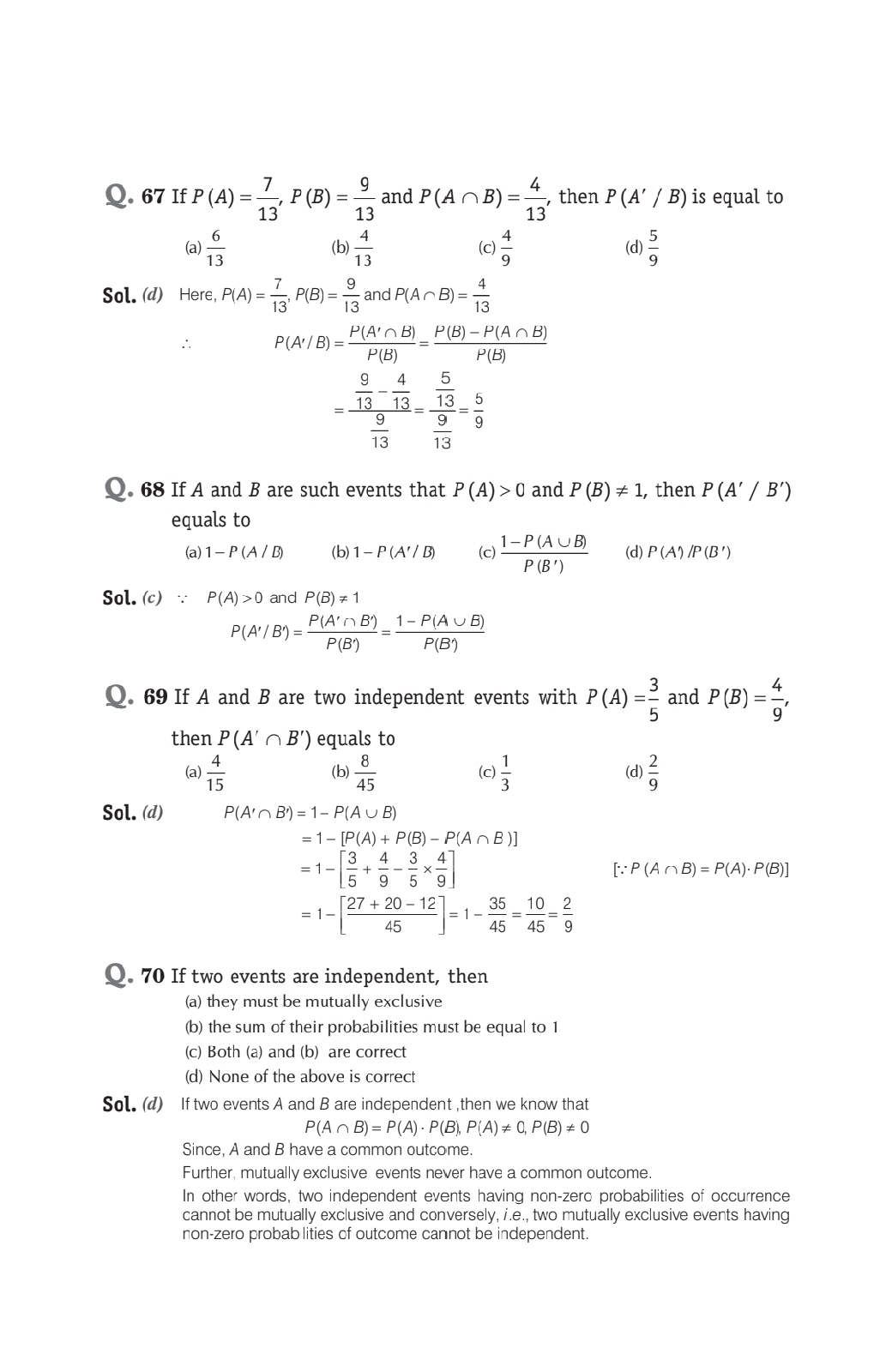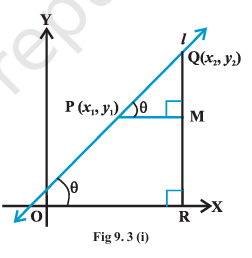Join For Education
Free Online Materials For Those Students Who Need Substitute Classes For Physics, Chemistry and Mathematics !
Saturday, June 7, 2025
Monday, June 2, 2025
Electric Generator
Electric Generator
Uses and Working Principle
Based on the phenomenon of electromagnetic induction, the experiments studied above generate induced current, which is usually very small. This principle is also employed to produce large currents for use in homes and industry. In an electric generator, mechanical energy is used to rotate a conductor in a magnetic field to produce electricity.
General Construction of an Electric Generator
An electric generator, as shown in Fig, consists of a rotating rectangular coil ABCD placed between the two poles of a permanent magnet. The two ends of this coil are connected to the two rings R1 and R2. The inner side of these rings are made insulated. The two conducting stationary brushes B1 and B2 are kept pressed separately on the rings R1 and R2, respectively. The two rings R1 and R2 are internally attached to an axle. The axle may be mechanically rotated from outside to rotate the coil inside the magnetic field. Outer ends of the two brushes are connected to the galvanometer to show the flow of current in the given external circuit.
Working of Electric Generator
When the axle attached to the two rings is rotated such that the arm AB moves up (and the arm CD moves down) in the magnetic field produced by the permanent magnet. Let us say the coil ABCD is rotated clockwise in the arrangement shown in Fig.
Figure Illustration of the principle of electric generator
By applying Fleming’s right-hand rule, the induced currents are set up in these arms along the directions AB and CD. Thus an induced current flows in the direction ABCD. If there are larger numbers of turns in the coil, the current generated in each turn adds up to give a large current through the coil. This means that the current in the external circuit flows from B2 to B1.
After half a rotation, arm CD starts moving up and AB moving down. As a result, the directions of the induced currents in both the arms change, giving rise to the net induced current in the direction DCBA. The current in the external circuit now flows from B1 to B2. Thus after every half rotation the polarity of the current in the respective arms changes. Such a current, which changes direction after equal intervals of time, is called an alternating current (abbreviated as AC). This device is called an AC generator.
To get a direct current (DC, which does not change its direction with time), a split-ring type commutator must be used. With this arrangement, one brush is at all times in contact with the arm moving up in the field, while the other is in contact with the arm moving down. We have seen the working of a split ring commutator in the case of an electric motor (see Fig.). Thus a unidirectional current is produced. The generator is thus called a DC generator.
The difference between the direct and alternating currents is that the direct current always flows in one direction, whereas the alternating current reverses its direction periodically. Most power stations constructed these days produce AC.
Characteristics of Produced A.C. in India
In India, the AC changes direction after every 1/100 second, that is, the frequency of AC is 50 Hz. An important advantage of AC over DC is that electric power can be transmitted over long distances without much loss of energy.
Sunday, April 20, 2025
Saturday, March 1, 2025
Friday, February 14, 2025
Saturday, January 18, 2025
Sunday, October 27, 2024
Straight Line
Slope of a Line
A line in a coordinate plane forms two angles with the x-axis, which are supplementary.
The angle (say) θ made by the line l with positive direction of x-axis and measured anti clockwise is called the inclination of the line.
Obviously 0° ≤ θ ≤ 180° (Fig 9.2).
We observe that lines parallel to x-axis, or coinciding with x-axis, have inclination of 0°. The inclination of a vertical line (parallel to or coinciding with y-axis) is 90°.
Definition 1
If θ is the inclination of a line l, then tan θ is called the slope or gradient of the line l.
The slope of a line whose inclination is 90° is not defined.
The slope of a line is denoted by m. Thus, m = tan θ, θ ≠ 90°
It may be observed that the slope of x-axis is zero and slope of y-axis is not defined.
Slope of a line when co-ordinate of any two points on the line are given.
We know that a line is completely determined when we are given two points on it.Hence, we proceed to find the slope of a line in terms of the coordinates of two points on the line.
Let P(x1 , y1 ) and Q(x2 , y2 ) be two points on non-vertical line l whose inclination is θ. Obviously, x1 ≠ x2 , otherwise the line will become perpendicular to x-axis and its slope will not be defined.
The inclination of the line l may be acute or obtuse. Let us take these two cases.
Draw perpendicular QR to x-axis and
PM perpendicular to RQ as shown in
Figs. 9.3 (i) and (ii).
Case 1
When angle θ is acute:
In Fig 9.3 (i), ∠MPQ = θ ............. (i)
Therefore, slope of line l = m = tan θ. MQ But in ∆MPQ, we have
tanθ
= MQ/MP = y2 - y1/x2 - x1 ............... (ii)
m = y2 - y1/x2 - x1
Video Lecture Related to Slope of a Line when two points are given (For Acute Angle)
Case II
Video Lecture Related to Slope of a Line when two points are given (For Obtuse Angle)
When angle θ is obtuse: In Fig 9.3 (ii), we have ∠MPQ = 180° – θ.
Therefore, θ = 180° – ∠MPQ.
Now, slope of the line l
m = tan θ = tan ( 180° – ∠MPQ)
= – tan ∠MPQ = − QM/ PM =− (y2 - y1)/ (x1 - x2)
Consequently, we see that in both the cases the slope m of the line through the points
(x1, y1) and (x2,y2) is given by
m = y2 - y1/x2 - x1
Recently Added
Available Educational Materials
-
"दो समरूप त्रिभुजों के क्षेत्रफलों का अनुपात इनकी संगत भुजाओं के अनुपात के वर्ग के बराबर होता है"। दियाः- दो त्रिभुज क्रमशः ...
-
Slope of a Line A line in a coordinate plane forms two angles with the x-axis, which are supplementary. The angle (say) θ made by the li...
-
Electric Generator Uses and Working Principle Based on the phenomenon of electromagnetic induction, the experiments studied above generate i...
-
Theorem 6.6 Statement "The ratio of the areas of two similar triangles is equal to the square of the ratio of their correspondin...
-
Speed The rate of change of distance per unit time of a moving body is called speed. Speed = distance/time The SI unit of speed is metre...
-
Conservation of Linear Momentum Momentum The product of mass and velocity of a moving body is said to be momentum. It...
-
Chalcolithic Period • The end of the Neolithic period saw the use of metals of which copper was the fi rst. A culture based on the use of ...
-
Chapter 9 Class X Exercise 9.1 Q.No. 1 A circus artist is climbing a 20 m long rope, which is tightly stretched and tied from the...
-
Consider about a circular path of radius r. A body moves from A to B with uniform speed v in time t. The body subtends an angle 𝜃 at the c...
-
Class X Probability Exercise 15.1 Q.No. 1. Complete the following statements: (i) Probability of an event E + Probability of the ev...











